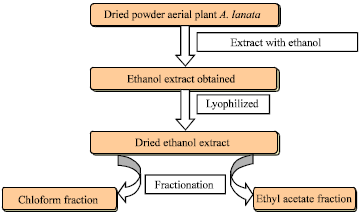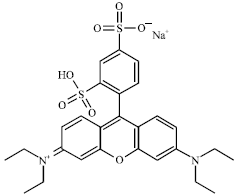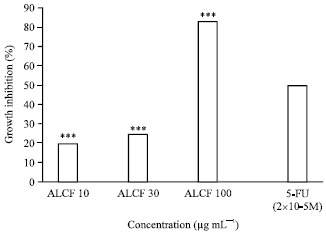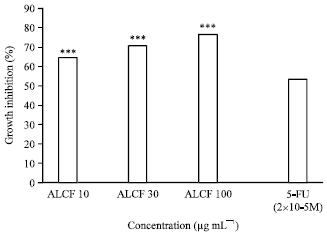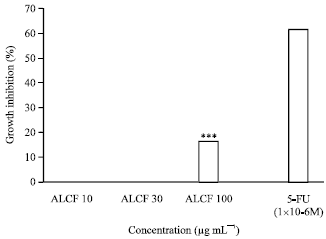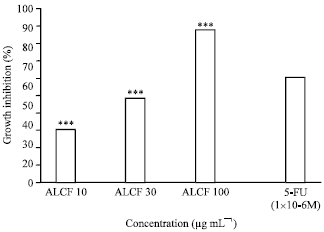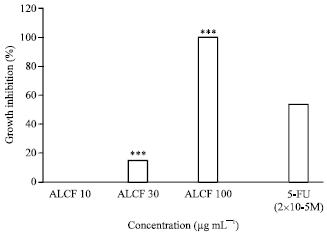Short Communication
In vitro Anti Cancer Activity of Ethanol Extract Fractions of Aerva lanata L.
Department of Natural Product Chemistry, ASBASJSM College of Pharmacy, Bela, Ropar, Punjab-140 111, India
Rohini Sharma
Department of Natural Product Chemistry, ASBASJSM College of Pharmacy, Bela, Ropar, Punjab-140 111, India
Satnam Singh
Department of Natural Product Chemistry, ASBASJSM College of Pharmacy, Bela, Ropar, Punjab-140 111, India
Malleshappa N. Noolvi
Department of Natural Product Chemistry, Shree Dhanvantary Pharmacy College, Surat, Gujrat-394110, India
Shashank Singh
Indian Institute of Integrative Medicine (IIIM), Jammu Tavi, India









